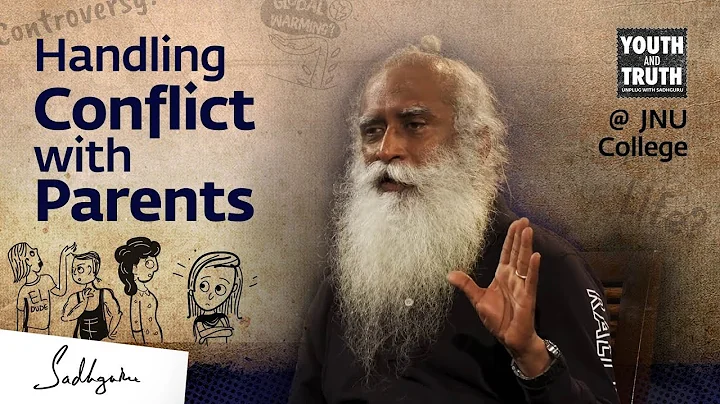tribute to Primo Levi .

Life will not become nothing due to death. When life disappears, all atoms contained in the human body will return to nature according to the second law of thermodynamics .
Of course, among all these atoms, the most important and magical one is - carbon atom .
0th century Italian chemist Primo Levi ended with the element "carbon" in the Periodic Table of Elements. In this book, he wrote:
"Carbon is a very special element. It is the only element that can be combined with itself to form stable long-chain molecules - life on the earth requires these long chains. Therefore, carbon is the basic element of life. But it is not easy to enter the world of life."

From here, we can know that carbon has taken a long time to enter the world of life. Then how long will it take?
American artist John Barnett adapted from the story of the "carbon" element in Primo Levi's "The Periodic Table of Elements", which leads us into the roaming journey of carbon atoms. From this book, we can feel the magic of the birth of life, and we can also know that life does not have nothing after it dies, and a new life will be born, and this cycle is like this.
This is carbon, an epic of an atom, a miracle about life.

3.8 billion years ago, the Big Bang; five hundred million years later, carbon atoms were born. It has three helium atoms fusion, but at this time it just forms a gas cloud with other atoms. It was not until 4.6 billion years ago that the water and volatile elements of some asteroids were affected by the gravity of the earth and were left on the earth in repeated impacts that life had the possibility of emergence.
So, from carbon atoms to carbon dioxide , and then to cell-like structures, this also shows that the emergence and reproduction of complex organic life is actually an accident.
Life continues to evolve, and mutations in reproduction, selection and adaptive mutations to environmental stimuli have produced amazing biodiversity . When humans appear, they will use fire. The high temperature destroys chemical bonds that carbon atoms have not broken for a long time, and carbon dioxide can move freely again.
A small amount of carbon dioxide can enter organisms or cross the ocean. When it encounters the leaves of grapes, it surrenders.

From entering the grape leaves, to grape juice , to the farmers' bodies, and then to carbon dioxide. It goes from carbon dioxide to glucose , to lactic acid, to carbon dioxide.
When it settled in cedar, it became cellulose and consumed by moth larvae, it became part of long-chain glucosamine, chitin , and later the moth died.
The carbon atom has not disappeared - it actually became the graphite of the painter's pencil core.

tiny carbon atoms, spanning billions of years, still exist, but their existence has different forms, and its journey is so magical and mysterious.
Every life of ours cannot do without carbon atoms. It exists in various parts of our body. Even if life is not there one day, they will continue on the next journey.
Rao Yi once mentioned in his Peking University graduation speech: " They have experienced both the magic of physical nature and the loveliness of human nature. "
is indeed the case!












